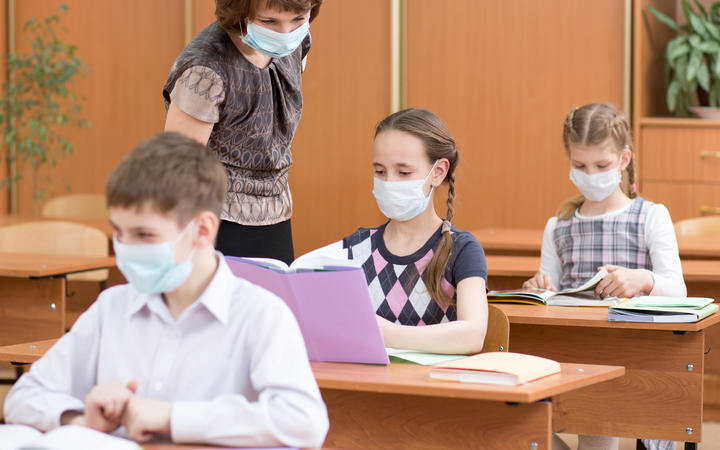New Zealand parents are angry. Last January 25, New Zealand Prime Minister Jacinda Ardern announced revised policies under the red setting. And this includes the mandate for children starting age 7 or 8 and above to start wearing masks in school during assemblies and lessons.
“Today cabinet has agreed to enhance the mask wearing protocols and the red setting of the COVID-19 protection framework to further assist in the slowdown of Omicron,” she said during the televised press conference. She first mentioned that “masks must now be worn in food and drink businesses and close proximity businesses.” Those working in non-public facing workplaces, swimming pools and gatherings where access to the venue is for exclusive use are exempted — but not school children and their teachers.
“All primary and secondary school students year four and up are already required to wear a mask. They will also be asked to wear a mask on Ministry of Education funded school transport services and public transport,” Ardern announced. In addition, teachers will be required to wear N95 surgical masks while it will stay as a recommendation for children. Scarves and bandanas will not be allowed.
Some parents are became anxious after the announcement even if their children would go to school with masks on. They fear that their kids might get exposed to the Omicron variant. Some are even hesitant to have their children return to school because they are not yet double-vaccinated. There is also worry that unvaccinated members in the household and those with co-morbidities will get exposed as well. “With the wrong complications he will end up requiring open-heart surgery, potentially on top of whatever his body is already struggling with,” said one New Zealand mother who has four kids and a husband living with a heart ailment.
Despite the negative clamor, Ardern is asking for the public to use actual face masks to ensure mouth and nose are covered. Dr Jin Russel, a pediatrician at Starship Children’s Health underscores the importance of the fit of a mask versus the type of mask a child will wear. “A well-fitted cloth mask or surgical/medical mask can outperform a poorly fitted N95 mask,” she said. Other pediatricians advise to teach kids how to wear a mask properly. A good fit means there are no gaps in the nose area and on the sides of the face.
Even principals like Ragne Maxwell expressed worry that wearing masks in school would be “incredibly challenging”. “It’s going to be difficult, for any of us, to stand and teach at the front of the classroom in a mask then move around helping people for 4-5 hours a day,” she remarked.
But as the COVID-19 Omicron variant continues to loom above heads of Kiwis, the cabinet stands firm on tightening restrictions until the situation gets better.



